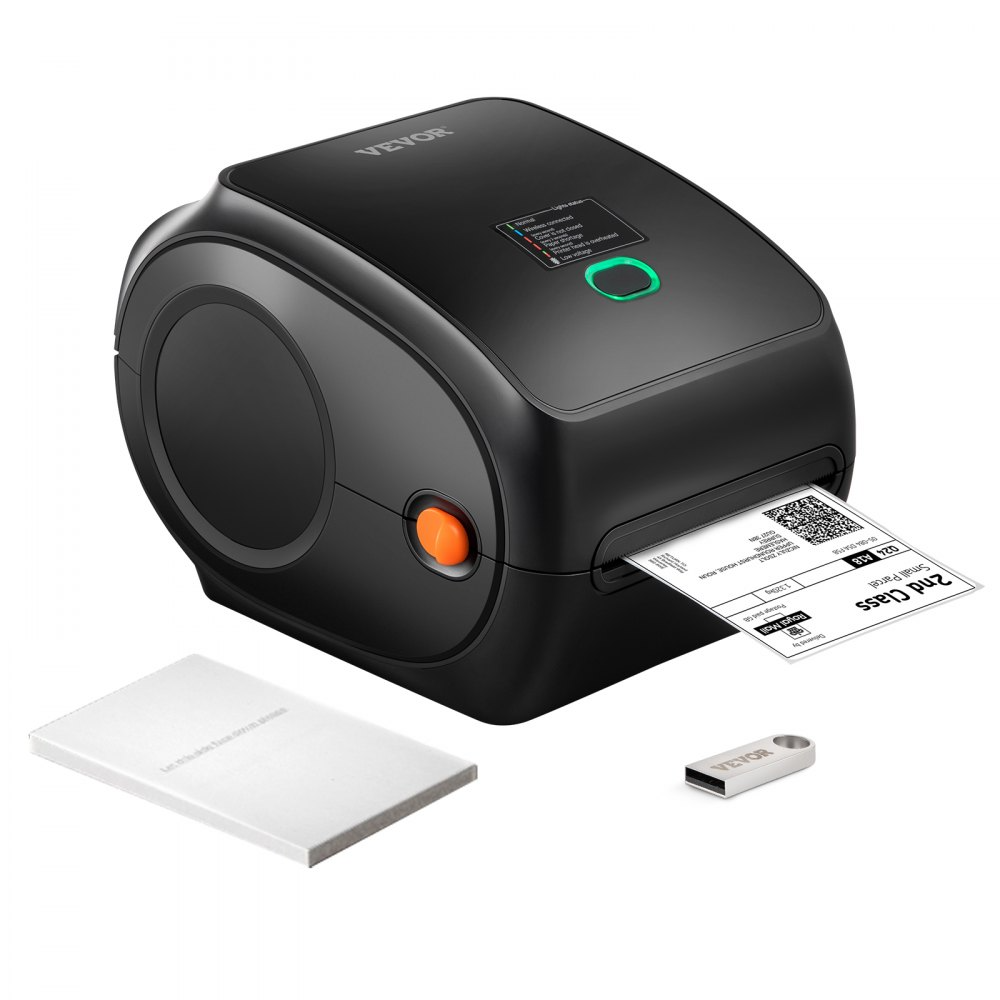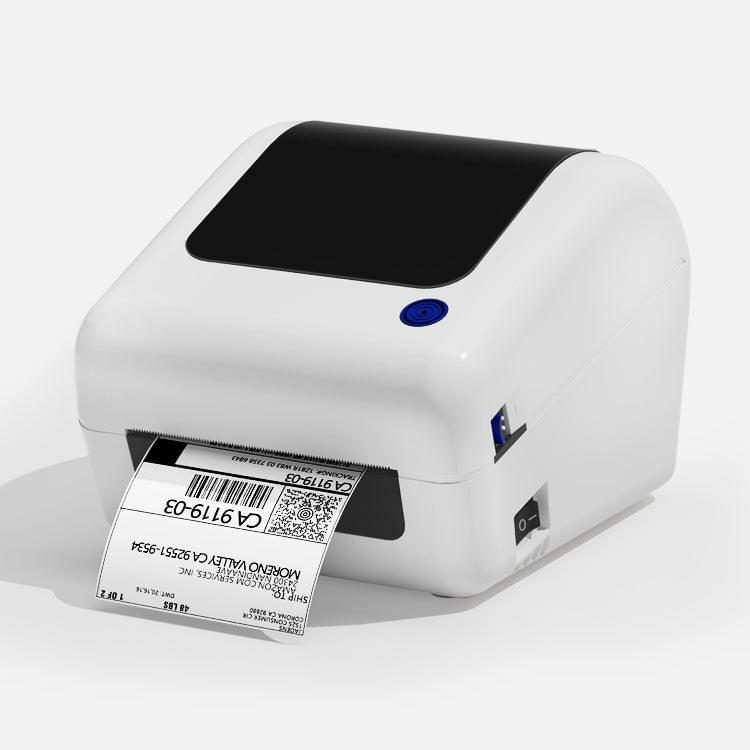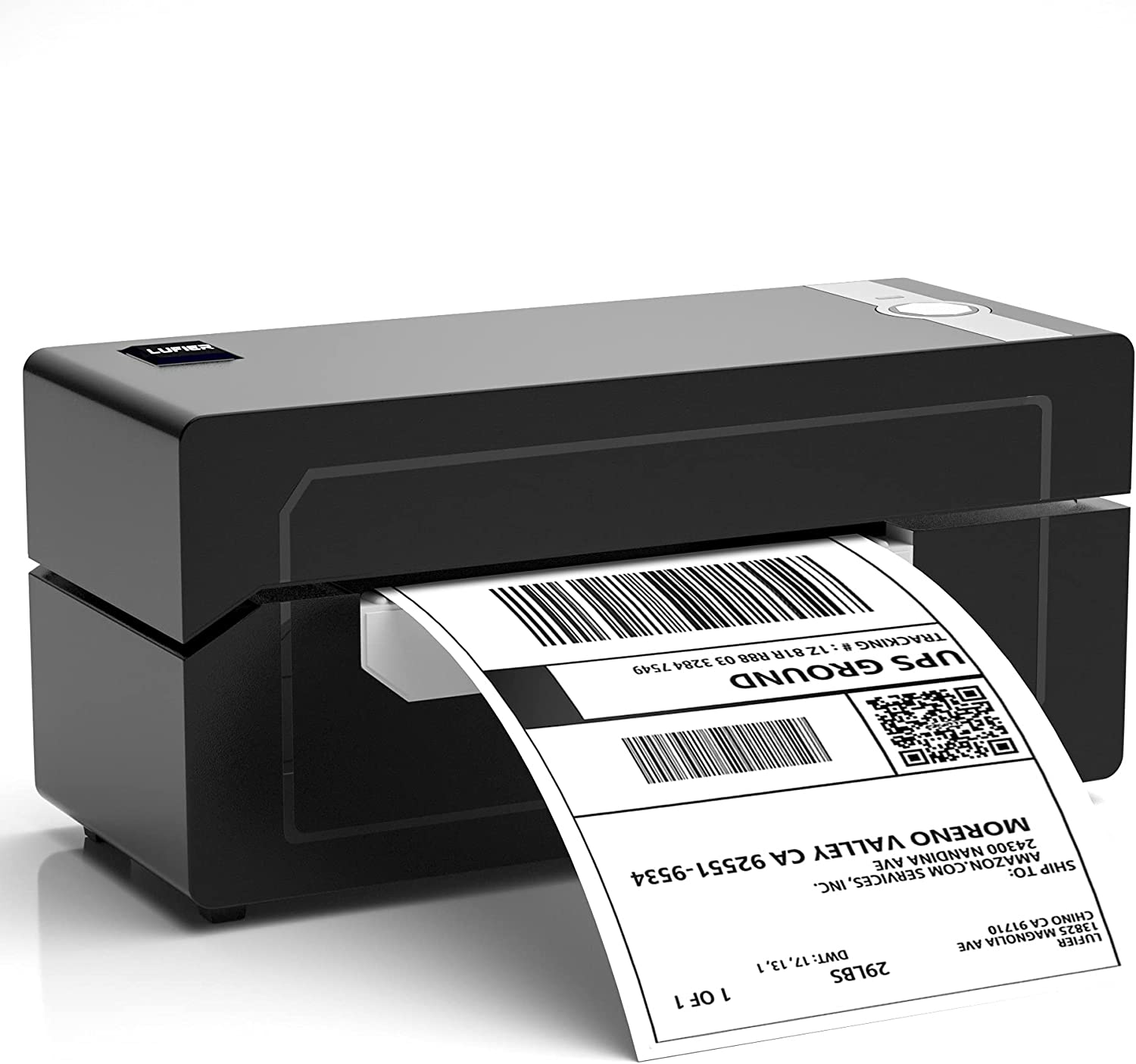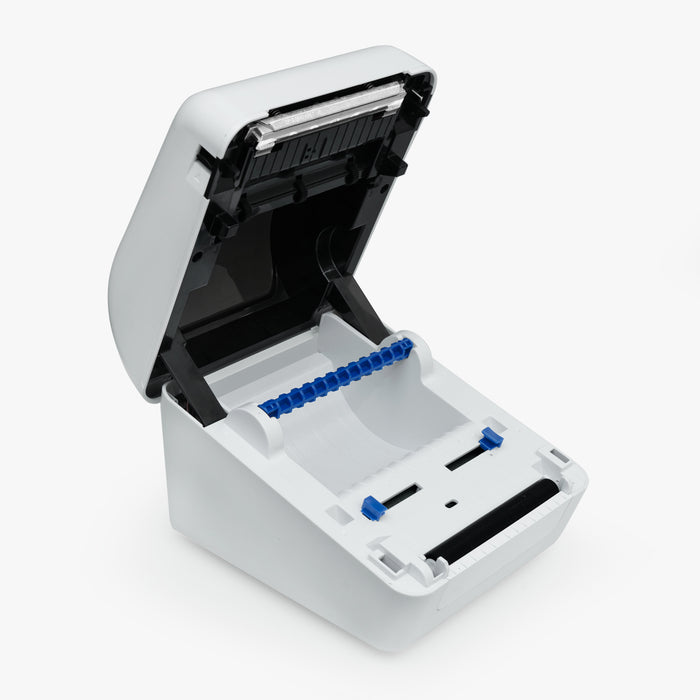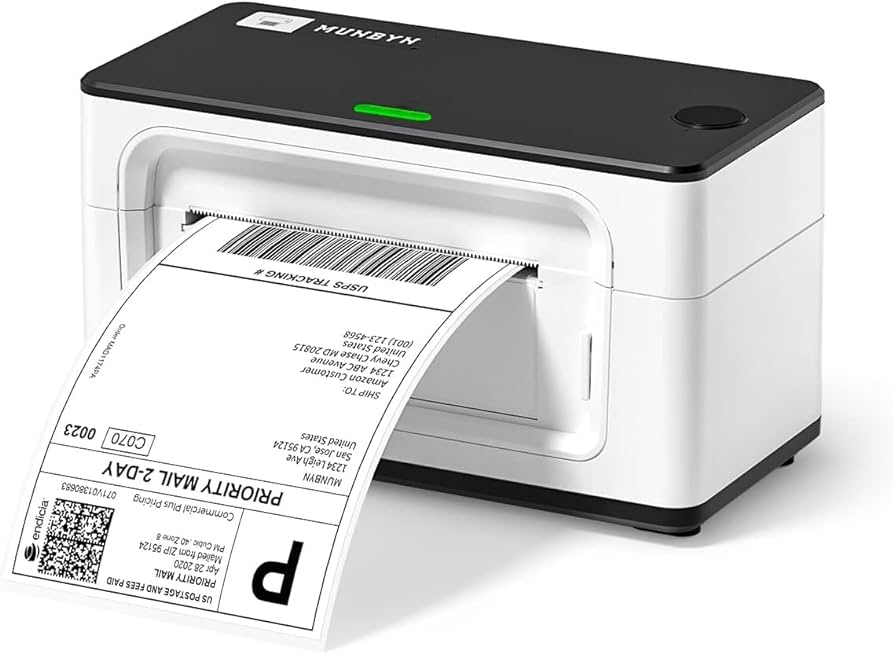In today’s fast-paced e-commerce landscape, efficient and accurate shipping processes are the lifeblood of businesses, big and small. Among the many tools that facilitate seamless logistics, shipping label printers have emerged as indispensable assets. These specialized devices streamline the packaging and dispatch procedures, ensuring timely delivery and customer satisfaction. This comprehensive guide delves into the realm of shipping label printers, exploring their functionalities, benefits, and the considerations for choosing the right one.

Understanding Shipping Label Printers: The Basics
What Are Shipping Label Printers?
Shipping label printers are dedicated devices designed specifically to print adhesive labels used for shipping packages. Unlike general-purpose printers, they excel in producing high-quality, smudge-proof labels quickly and efficiently. Their primary purpose is to churn out labels containing barcodes, tracking numbers, recipient addresses, and return information, all in compliance with carrier requirements.
Types of Shipping Label Printers: Finding the Perfect Fit
Thermal vs. Inkjet/Laser Printers
Thermal shipping label printers dominate the market due to their cost-effectiveness and efficiency. They operate without ink or toner, utilizing heat to print on thermally sensitive paper. This eliminates the need for ongoing consumable costs and reduces maintenance requirements. Thermal printers come in two main types:
- Direct Thermal: These printers use heat to blacken the label material directly, best suited for short-term use labels like those needed for same-day or next-day deliveries.
- Thermal Transfer: Utilizing a ribbon, thermal transfer printers apply heat to transfer ink onto the label, creating more durable prints suitable for long-term storage or exposure to varying environmental conditions.
Inkjet/Laser Printers: An Alternative Route
While less common for shipping labels, inkjet and laser printers can still be utilized if the volume of labels printed is low. These printers rely on ink or toner, which can be more expensive in the long run due to replacement costs. However, they offer versatility, being able to print not just labels but also documents and images.
Key Considerations When Choosing a Shipping Label Printer
Compatibility and Integration
Ensure the chosen printer is compatible with your shipping software, such as Shopify, eBay, Amazon Seller Central, or FedEx Ship Manager. Seamless integration streamlines the printing process, automatically fetching order details to generate labels.
Print Speed and Volume
Assess your daily shipping volume to determine the required print speed. High-volume shippers will benefit from printers capable of printing several labels per minute, whereas smaller operations may find lower speeds sufficient.
Connectivity Options
Look for printers that offer a range of connectivity choices, including USB, Ethernet, Wi-Fi, or Bluetooth. Wireless options provide flexibility in terms of printer placement and ease of use with mobile devices.
Durability and Reliability
Choose a printer built to withstand the rigors of daily use. Durable printers with robust mechanisms and sturdy casings ensure minimal downtime and longer lifespan.
Enhancing Efficiency: Advanced Features
Automatic Label Detection
Some high-end models feature sensors that automatically detect and adjust to different label sizes, reducing setup time and minimizing errors.
Mobile Printing Capabilities
With the rise of mobile commerce, printers that can connect to smartphones or tablets via Bluetooth or Wi-Fi enable on-the-go label printing, ideal for pop-up shops or outdoor events.
Cost-Benefit Analysis: A Wise Investment
In the competitive world of e-commerce and logistics, optimizing costs while maintaining operational excellence is paramount. Shipping label printers, with their specialized capabilities, have proven to be instrumental in achieving these goals. This section delves deeper into the cost-benefit analysis of investing in a dedicated shipping label printer, underscoring why it constitutes a prudent choice for businesses engaged in regular shipping activities.
Initial Investment vs. Long-Term Savings
The initial outlay for a high-quality shipping label printer may seem substantial when compared to the cost of a general-purpose inkjet or laser printer. However, this initial expense is swiftly offset by long-term savings in several key areas:
Elimination of Consumables
Thermal Technology Advantage: Thermal printers, the preferred choice for shipping labels, do not require ink or toner. This eradicates recurring costs associated with purchasing and replacing these supplies, translating into significant savings over the printer’s lifetime.
Time Efficiency Gains
Efficient printing processes are time-saving. Shipping label printers, particularly thermal ones, boast fast print speeds, often generating labels within seconds. This rapid output accelerates the packing and dispatch process, allowing businesses to handle higher volumes with existing resources. Time saved equates to enhanced productivity and potentially, increased revenue.
Accuracy and Error Reduction
Human errors in manual label creation can lead to misrouted packages, delayed deliveries, and costly returns. Automated label printing systems integrated with order management software minimize such mistakes. The precision of these systems ensures each label contains accurate address details and tracking information, reducing the likelihood of customer dissatisfaction and the need for costly rectifications.
Scalability and Flexibility
As businesses grow, so does their shipping demand. Investing in a scalable shipping label printer that can adapt to increasing volumes is crucial. Many advanced models support higher throughput and offer features like automatic label detection and quick-change media rolls, enabling businesses to scale operations seamlessly without the need for frequent equipment upgrades.
Environmental Impact
Though not directly financial, the environmental impact of shipping label printers is worth considering. Thermal printers, by eliminating the need for ink cartridges, reduce waste. Moreover, energy-efficient models contribute to sustainability efforts, enhancing a company’s green credentials, which can positively influence consumer perception and loyalty.
Total Cost of Ownership (TCO)
To conduct a comprehensive cost-benefit analysis, it’s essential to consider the Total Cost of Ownership (TCO). TCO encompasses not just the initial purchase price but also operating costs, maintenance, and potential downtime over the printer’s lifecycle. Shipping label printers, with their low maintenance needs, minimal consumable expenses, and high reliability, typically exhibit a lower TCO compared to conventional printers when used in a shipping context.
A Pragmatic Investment for Growth
When viewed through the lens of a thorough cost-benefit analysis, the decision to invest in a dedicated shipping label printer emerges as a strategic move for businesses engaged in regular shipping. While the upfront expenditure might raise eyebrows, the subsequent reduction in consumable costs, time savings, improved accuracy, scalability, positive environmental impact, and a favorable TCO make it a wise investment. In essence, shipping label printers are not just tools for printing labels; they are catalysts for operational efficiency and a cornerstone for sustainable growth in the competitive landscape of modern commerce.
Conclusion: Embracing the Future of Shipping Logistics
Shipping label printers have become indispensable tools in modern logistics. By understanding their types, weighing the critical factors during selection, and leveraging their advanced features, businesses can significantly enhance their shipping processes. From reducing costs to improving accuracy and speed, investing in the right shipping label printer paves the way for streamlined operations and, ultimately, satisfied customers. As e-commerce continues to thrive, these specialized devices stand as testament to the power of targeted technology in optimizing even the most mundane yet vital aspects of business operations.
